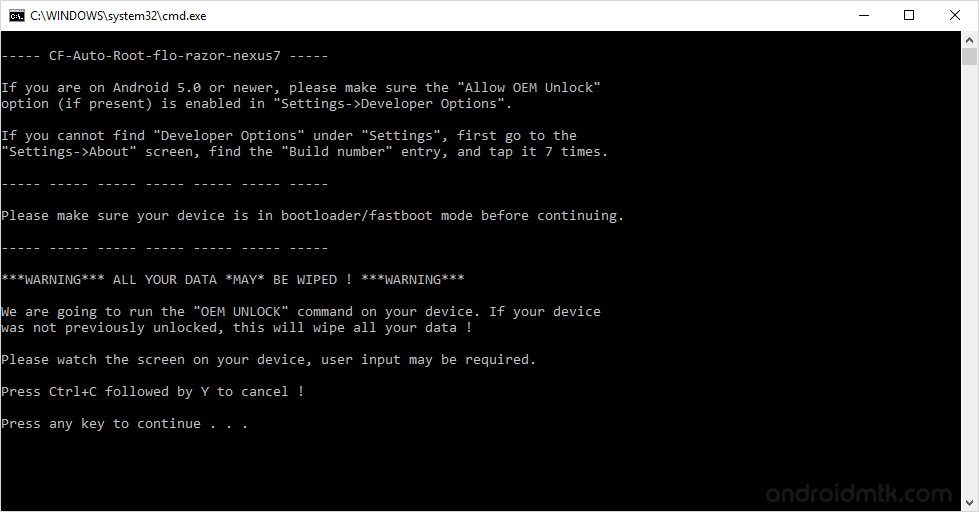
Appdelete make tab bar vc root window update#
open BooksViewController.swift and set the view controller's title to the name of the author to update the title of the navigation bar. The last view controller in the array is the topmost item on the stack, and represents the view controller currently being displayed. the UITabViewController is a great example. Choose the pattern in "Hide navigation bar" -> When the app opens, the navigation bar will be automatically hidden and you can swipe up from the bottom corner of the screen to show it. Please see the storyboard design image at the end of the question. You can change leftViewWidth, leftViewPresentationStyle, rightViewWidth and rightViewPresentationStyle inside LGSideMenuController's attributes inspector. In this post I take a look at a minimal Xcode project to create my preferred setup for an adaptable master-detail layout that keeps both view controllers visible when screen size allows. As the user selects the next view to display, a new view controller is pushed onto the stack, and the view it controls appears. Here are a few quick snippets to help you and I quickly get up and running when working with navigation controllers in our Swift applications: AppDelegate Every iOS application has one root view controller that's presented when the app finishes its. However, the values are always displayed within the same Target view controller. See the docs for loadView: and look at some of the sample code. You can in fact trigger a segue between the top view on the navigation stack and any other view controller, even from the App Delegate. The above image show the root view controller and as we can see, the navigation bar does not have a back button.
Appdelete make tab bar vc root window code#
AppDelegate Swift file used to be where code landed for accessing your app's rootViewController: Swift: Changing the rootViewController in AppDelegate to present main or login/onboarding flow. Which sounds awfully lot like how a UITabBarController behaves. This will also create a UITableViewController as its root view controller.
Note: This class could be a subclass of UITableViewController instead of UIViewController that will hook everything to the TableView for us.However, doing it manually will help you to understand the steps.

Inside your SceneDelegate.swift file add your function to update root view controller.


 0 kommentar(er)
0 kommentar(er)
